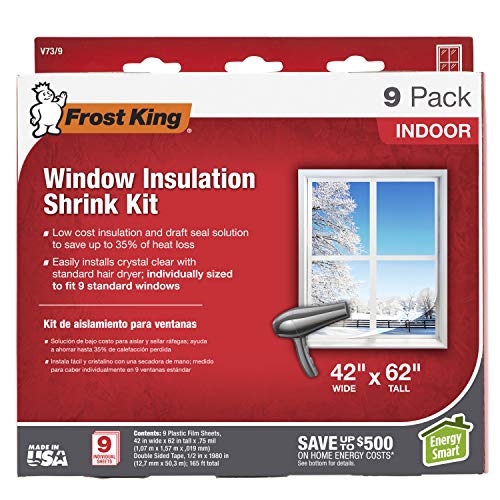A protected window gives you peace of mind when there is severe weather. But how can you protect your window? How do you weatherproof windows with plastic wrap? We did comprehensive research to answer these questions.
It's simple to weatherproof your windows using plastic wrap. You just need to gather a cutter, plastic wrap, insulation tape, and a measuring tape. Also, see these steps below:
- Apply insulation tape along the window frame.
- Measure the size of the window to estimate how much plastic wrap you need.
- Cut the plastic wrap, then attach it to the insulation tape.
- Trim the excess plastic wrap along the edges of the window.
- Remove the wrinkles by using a hair dryer.
Throughout this article, you'll learn the steps to weatherproof your windows with plastic wrap. And we'll also explain how plastic wrap differs from other sealants. So, let's read this post to get started.
![Gray tile shingle siding house with white trims and weatherproofed windows, How To Weatherproof Windows With Plastic Wrap [A Step-By-Step Guide]](https://hvacseer.com/wp-content/uploads/2022/06/How-To-Weatherproof-Windows-With-Plastic-Wrap-A-Step-By-Step-Guide.png)
How to Weatherproof Windows with Plastic Wrap
Plastic wrap is an affordable and quick solution for weatherproofing. We provided for you below, detailed steps on how to install plastic wrap on your window.
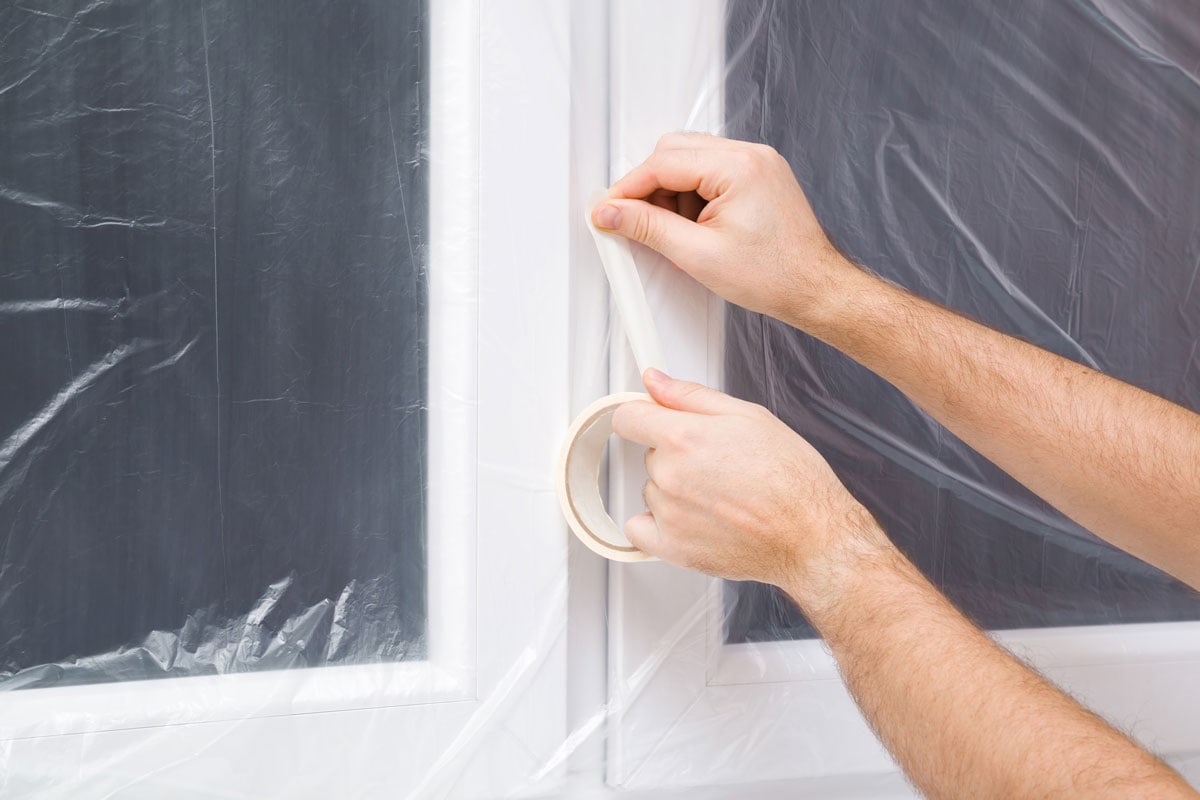
1. Apply Insulation Tape
Insulation tape differs from regular scotch tape. It can absorb heat and prevent moisture from passing through the window. And it's also adhesive enough to hold light materials like plastic wrap.
You need to apply insulation tape along the edges and on the corners of the window. This should secure your window better.
See this insulation tape on Amazon?
2. Measure the Window
Using a measuring tape, measure the size of the window both horizontally and vertically. This should be the same size as the plastic wrap. However, it's good to add at least an inch on all sides of the window. Larger plastic wrap is easier to install than smaller ones.
See this measuring tape on Amazon.
3. Cut the Plastic Wrap
Lay the plastic wrap on a clean floor or table. Cut out the size of the window using a cutter or scissors. Next, attach the plastic wrap with the insulation tape, starting from the top edge.
See this pack of plastic wrap on Amazon.
Roll the plastic wrap down slowly while you're peeling off the tape. Make sure the edges align correctly. It's better if there's someone to help you align the edges on all sides.
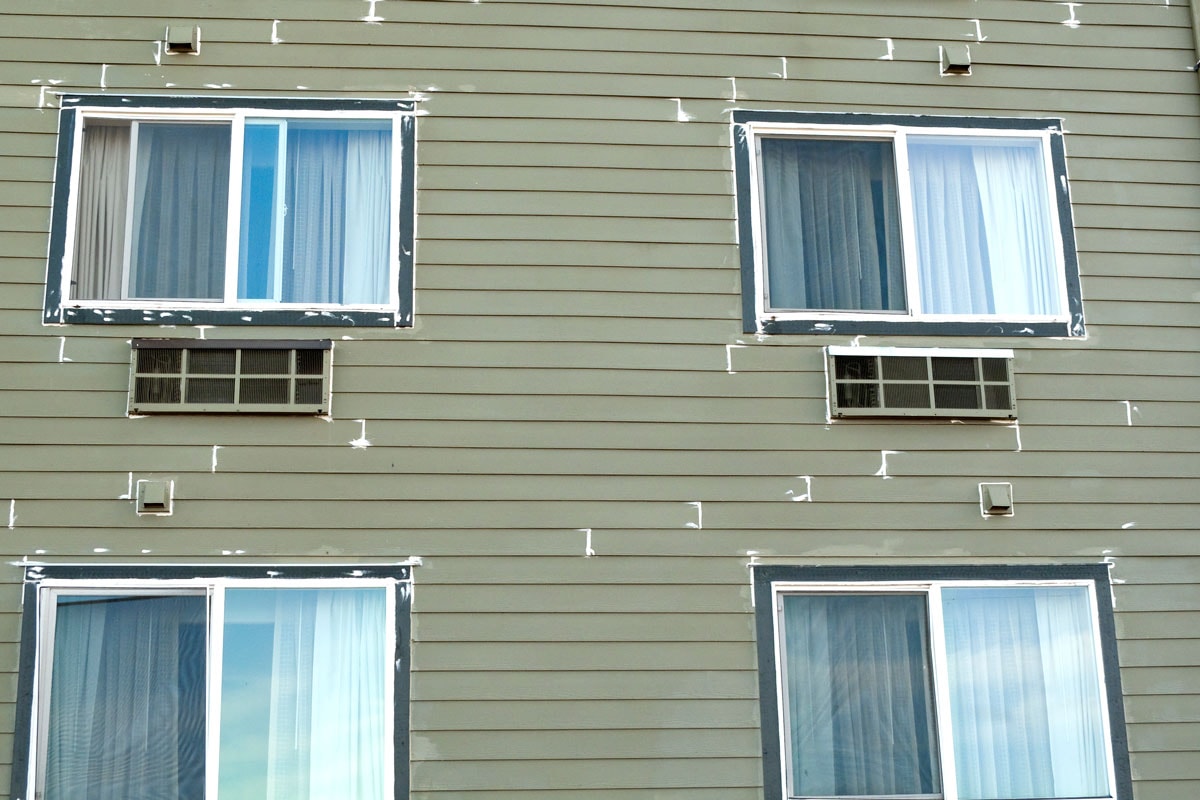
Do this until you cover the entire window with the plastic wrap. Now, you should press the edges with your thumb or use a soft cloth. This is to secure the plastic wrap around the tape.
4. Trim the Excess
Next, you need to trim the edges by drawing the cutter along the excess plastic wrap. You can use a ruler to make the cut straight and to protect the plastic wrap from accidentally tearing off.
5. Remove the Wrinkles
It's normal for wrinkles to appear on the plastic wrap. But you can remove wrinkles with a hair dryer for a firmer texture and a better look.
See this hair dryer on Amazon.
See the steps below on how to remove wrinkles from the plastic wrap with a hair dryer:
- Plug in the hair dryer and set it to the lowest level to avoid burning the plastic wrap.
- Step back a few inches from the window, then point the hair dryer at the wrinkled portions.
- Run the hair dryer over the surface without stopping on a single spot. Do this until the surface is wrinkle-free.
Watch the short clip below on how to install plastic wrap on windows:
Why Use Plastic Wrap?
It's good to know why you would put sheets of plastic wrap on your window. It is helpful during the rainy season, and it's a good protector against outside objects, dust, or insects. See more reasons below.
Affordable
Plastic wrap is a lot cheaper than window blinds. The price ranges from $2–8 depending on durability and size.
Layer of Protection
You can protect a window from snow and rain, and small insects using plastic wrap. It is also good for blocking moisture from cold temperatures.
And a layer of plastic wrap can prevent ice from thickening along the window edges and corners. Without plastic wrap, a window may become stiff and rusty.
Insulation
Another wonderful use for plastic wrap is to insulate the window. It saves energy and traps heat a little, which is good during the winter.
However, ensure that there are no leakages throughout the window. You can do a test by using colored smoke to see if the smoke will pass through the plastic wrap.
Privacy
Plastic wrap can add privacy to a room, especially when using a colorful wrap. It's a good option for windows that are exposed to public view. Also, it's more convenient than curtains. You won't have to worry about other people peeping through your windows.
Quick Installation
If you don't have enough time to install a weatherproof seal, plastic wrap is a quick option. You could finish installation in less than an hour if you have the tools and the window is ready.
Temporary
This may sound like a disadvantage, but this is actually a good thing. You can use plastic wrap temporarily when you'll be away from home for a few days. It works as a substitute for window sealant if there's no sealant available yet.
When to Remove the Plastic Wrap?

You can remove the plastic wrap when the rainy season is over. Or, you can leave it here as long as you want. However, make sure you have an air circulator like an electric fan or AC, since plastic wrap can block airflow. Do this to avoid a stuffy room.
How Much R-Value Is In Plastic Wrap?
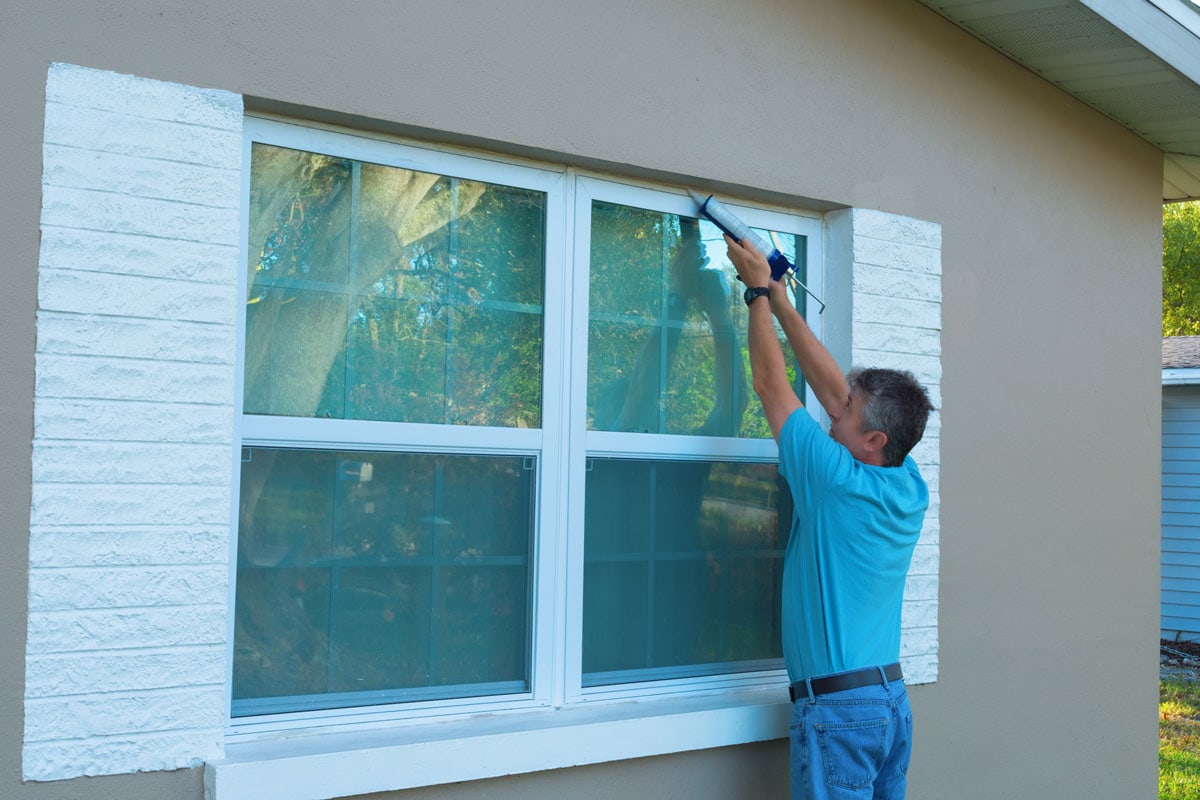
An R-value shows the thermal resistance of an object or surface. This is how much heat transfer a material can tolerate without burning.
The R-value of plastic wrap ranges from around 0.85 to 1.25. To increase the R-value, you can overlap at least 4 layers of plastic wrap during installation.
Other Alternatives
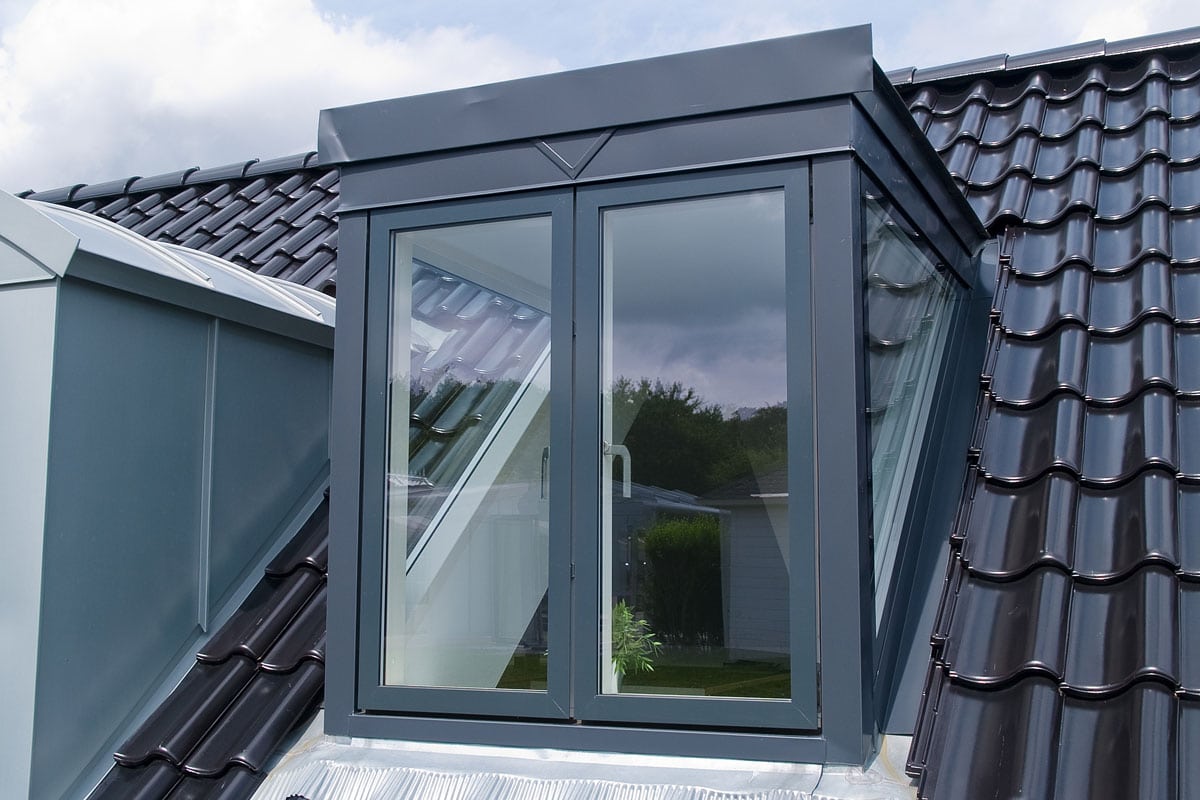
There are a lot of options you can choose to weatherproof the window, aside from plastic wrap. Check out some of these alternatives below.
Bubble Wrap
Bubble wrap is a nice alternative to plastic wrap. The bubbles serve as tiny spaces for trapping moisture. One advantage of bubble wrap is its convenience, as you can install it quicker than plastic wrap without worrying about wrinkles.
Thermal Curtains
Cotton, wool, and polyester are often used to make thermal curtains. Thermoplastic curtains are an effective alternative for insulating a window. You can install them easily by simply attaching the top part to a metal rod.
Also, thermal curtains can serve as soundproofing materials because of their thick and heavy properties. However, these curtains cannot seal the window. They can only block the heat from the sun and save energy by absorbing this heat.
Tarpaulin
Tarpaulin is made of polyethylene materials that are highly resistant to water particles, like rain. Aside from covering your windows, many homeowners use it to protect their roof, cars, and plants from harsh weather or winds.
Tarpaulin can also absorb heat and insulate the room. However, you may have a hotter room temperature if you decide to weatherproof the window with tarpaulin. Heat, moisture, and air cannot pass through the high-quality tarpaulin.
Tint Film
A tinted window can block UV rays that may harm people. But a tinted film doesn't do a lot for your window besides add a layer of privacy and block the view.
People outside cannot see what's inside the room, but you can see the view outside. However, all windows are not compatible with a tint film, because windows differ in texture.
Conclusion

From reading this article, we've learned how to weatherproof a window using plastic wrap. Now, you realize how important it is to seal your windows, including protecting against window damage.
We discussed when to remove the plastic wrap and stated its R-value. There are also alternatives to using plastic wrap. Remember to weatherproof the windows even before severe weather arrives.
Did you know that we have more useful articles to read? You can visit them here:



